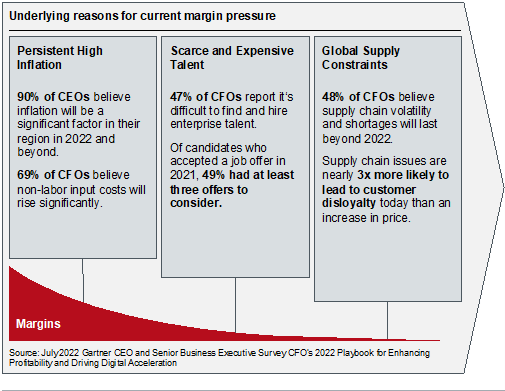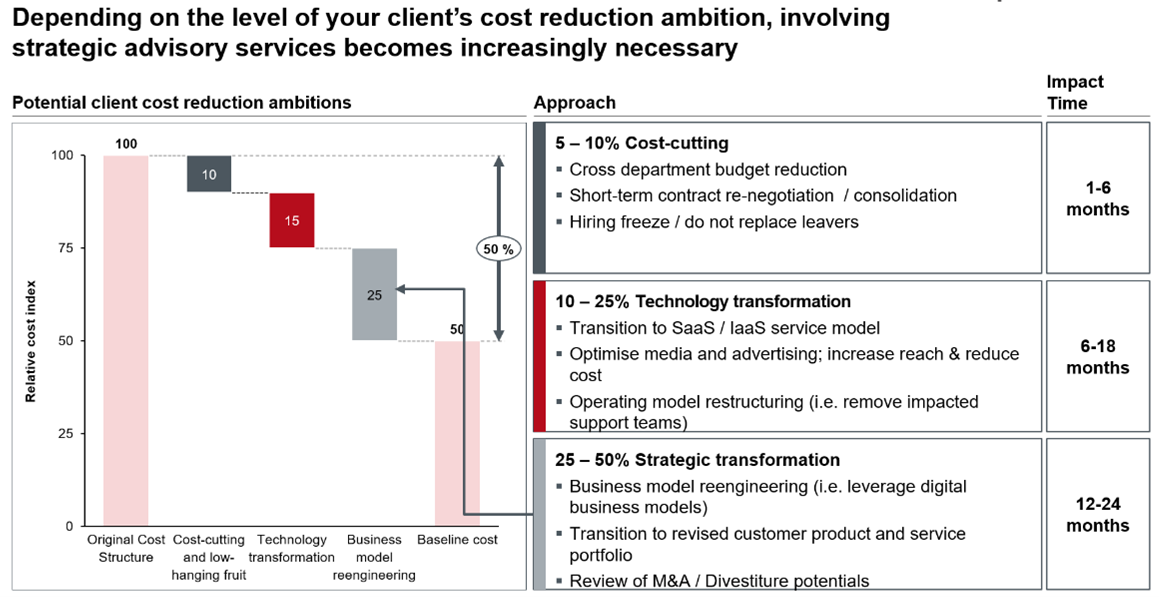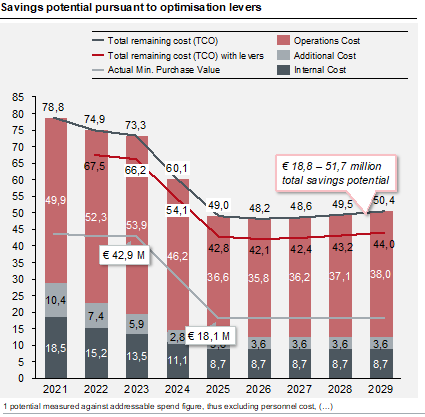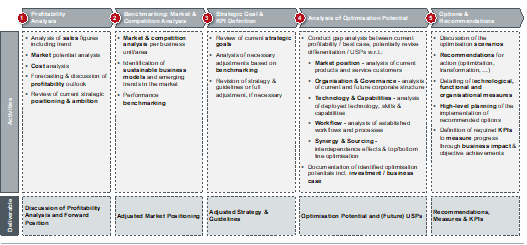Technology-driven Cost Optimisation
Questions? Ask our experts
Expert - Dr. Philipp Kleine Jäger

Dr. Philipp Kleine Jäger ist Managing Partner bei CORE, der Unternehmens- und Technologieberatung von EPAM Er blickt auf über zwei Dekaden Erfahrung in strategischer Beratung und Industrie zurüc...
Mehr lesenDr. Philipp Kleine Jäger ist Managing Partner bei CORE, der Unternehmens- und Technologieberatung von EPAM Er blickt auf über zwei Dekaden Erfahrung in strategischer Beratung und Industrie zurück und stand Mandanten in aller Welt zur Seite – mit besonderem Augenmerk auf die Finanzdienstleistungsbranche. Im Zentrum seines Wirkens stehen tiefgreifende, technologiegetriebene Unternehmenstransformationen und Restrukturierungen mit Fokus auf Businessinnovation. Außerdem bekleidete Philipp Funktionen als Chief Technology Officer und Beirat mehrerer FinTech-Unternehmen, sowie als leitender Architekt eines internationalen Finanzinstituts.
Weniger lesenExpert - Thomas Henschen

Thomas Henschen ist Managing Partner bei CORE. Mit seiner langjährigen Beratungserfahrung in komplexen Transformationsprojekten stellt er sicher, dass die erforderlichen Anpassungen optimal umgese...
Mehr lesenThomas Henschen ist Managing Partner bei CORE. Mit seiner langjährigen Beratungserfahrung in komplexen Transformationsprojekten stellt er sicher, dass die erforderlichen Anpassungen optimal umgesetzt werden. Sein umfassendes systemisches Verständnis nutzt er dabei, um die Schnittstelle zwischen den fachlichen Anforderungen und den technischen Nebenbedingungen zu besetzen und im Interesse unserer Kunden zu gestalten.
Expert - Celina Mark

Celina Mark ist Senior Consultant bei CORE in London und hat einen Bsc. in Business Management und Entrepreneurship. Während ihres Studiums sammelte sie umfangreiche Arbeitserfahrung durch Praktik...
Mehr lesenCelina Mark ist Senior Consultant bei CORE in London und hat einen Bsc. in Business Management und Entrepreneurship. Während ihres Studiums sammelte sie umfangreiche Arbeitserfahrung durch Praktika in verschiedenen Bereichen. Als Transformation Fellow unterstützt Celina unsere Projektteams und Kunden bei geschäftskritischen Technologietransformationen.
Weniger lesen





